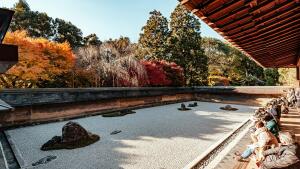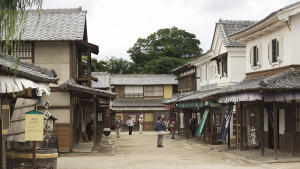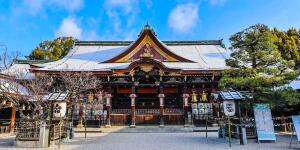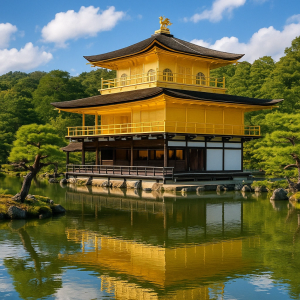Myoshinji Temple is a 5-minute walk from JR Hanazono Station (about 10 minutes, 200 yen from Kyoto Station) or a 3-minute walk from Myoshinji Station on the Keifuku Kitano Line. Ryoanji Temple is a 10- to 15-minute walk away.
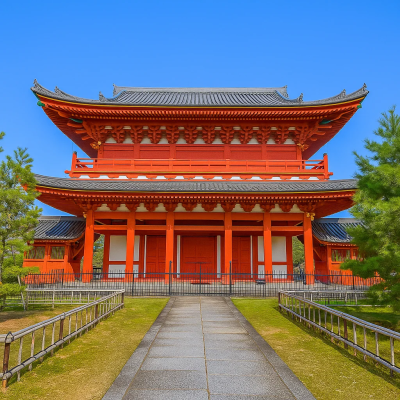

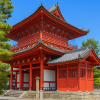

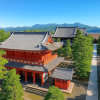
Myoshinji Temple
Myoshinji (妙心寺, Myōshinji), located in northwestern Kyoto, is one of the most significant Zen temple complexes in Japan. Serving as the head temple of the Myoshinji school within the Rinzai sect, it represents the largest network of Zen temples in the country, with approximately 50 subtemples spread across its vast grounds. The temple was originally founded in 1337 by Emperor Hanazono, who became a Zen monk after abdicating the throne. Over the centuries, Myoshinji has grown into a major center for Zen practice and cultural preservation. Among its important architectural features are the grand Sanmon Gate, the Butsuden (Buddha Hall), and the Hatto (Dharma Hall), all designated as Important Cultural Properties. The complex’s impressive wooden structures, peaceful courtyards, and meticulously maintained grounds reflect the essence of Zen aesthetics and simplicity.
Visitors can explore Myoshinji’s tranquil walking paths that connect its many subtemples, each offering a unique atmosphere and history. One of the most famous is Taizoin, renowned for its exquisite pond garden designed by the master painter and gardener Kano Motonobu in the 16th century. Taizoin also houses notable works of Zen art, including ancient ink paintings and calligraphy. While some subtemples are private or have limited access, several open their doors to the public throughout the year, allowing visitors to experience Zen gardens, tea rooms, and meditation spaces. The serene atmosphere, historical significance, and diverse architectural styles make Myoshinji an enriching destination for anyone seeking to explore Kyoto’s rich Zen heritage.
Hours and Fees
- Opening hours
-
9:00 AM to 12:00 PM
1:00 PM to 4:00 PM (last admission 3:30 PM)
- Closed
-
No closing days
- Entrance fee
-
500 yen
- Opening hours
-
9:00 AM to 5:00 PM
- Closed
-
No closing days
- Entrance fee
-
600 yen
- Opening hours
-
9:00 AM to 5:00 PM (until 4:30 PM from November to February)
- Closed
-
Irregular closing days
- Entrance fee
-
500 yen
- Opening hours
-
9:00 AM to 5:00 PM
- Closed
-
Irregular closing days
- Entrance fee
-
300 yen

